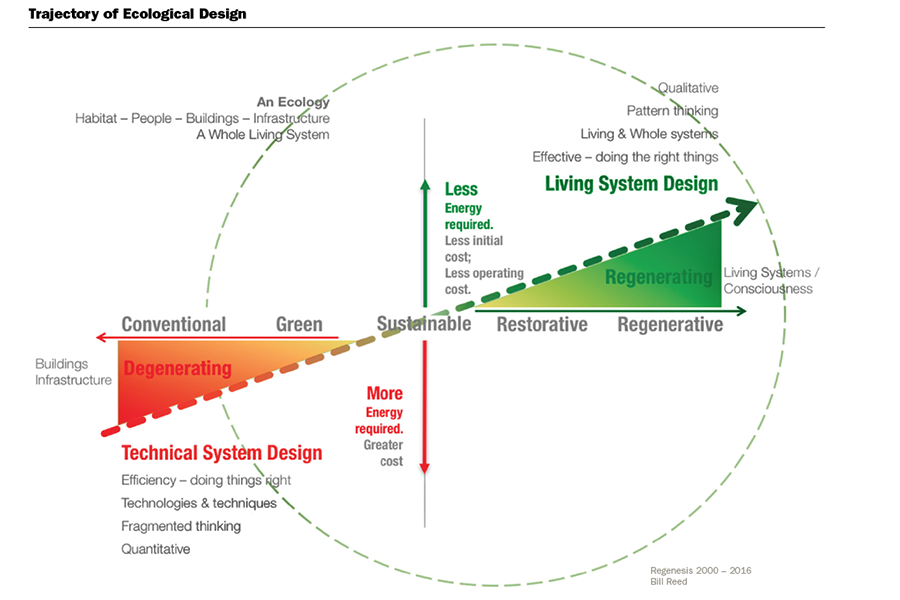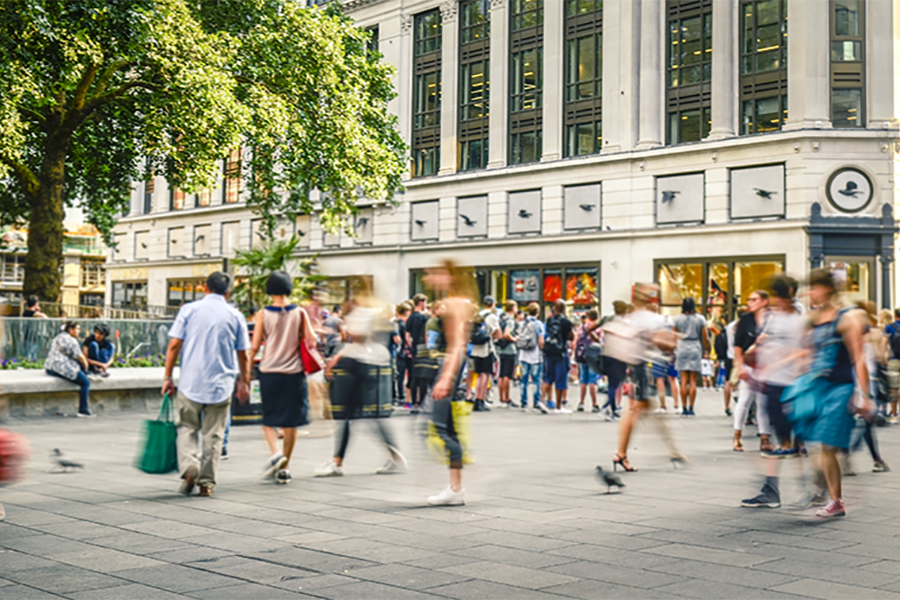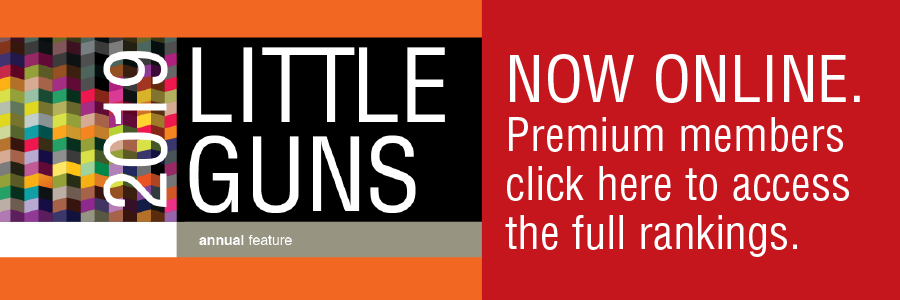It’s all about how you look at a centre; how you perceive it. Is a centre an isolated component of the world in which we live; or is it a part of the whole? An interesting question; if it’s the former then to improve it may lead us to add stuff; if the latter, then we might think of ‘regenerating’ it!
We are living in the Anthropocene – a time when we have shifted from being participants within our living system to a dominant feature impacting Earth’s geology and ecosystems – dominating over landscapes, cultures, people and animals. As such, we have moved the planet outside its natural limits.
Our distinct disconnection with our ecosystems and inability to recognise our role as a participant within our whole ecosystem brings with it limitations that only compound the negative impact we are having on our Earth. As Charles Massy (2017) points out: “there is a growing realization that this mechanistic worldview has led to the current level of development that is no longer able to underpin the needs of the future”.
So, what is our role as shopping centres within these ecosystems? And how can we contribute positively to the wider system in which we operate?

Much of our degenerative activity is borne from our perspective and fragmented approach to life that we hold. It runs so deep as to be embedded within the language we use. For example, as Bill Reed says: “we do not have a commonly used word for the oneness of all life – we humans and nature, or cultural systems and natural systems”. English – as a noun-based language – differs greatly from an indigenous language and this limits the ease of communication of our integration within our natural environment. This noun-based language limits the means to see the world in a manner other than mechanistic.
English uses the verb ‘walk’ to describe how we move across the landscape – whereas in indigenous languages there may be many versions of a word for ‘walk’ that will change depending on the human relationship with the land beneath. “Imagine how different life would be if we saw ourselves as part of nature?”1 or indeed in relationship with the land.
Hardwired since the great Aristotle that we are separate from nature, this is not an easy concept for us to grasp and there is some unlearning required to shift our thinking and ultimately start to engage in a design process that allows for regenerative practice to evolve.
Let’s define a ‘system’ as a set of interconnected elements that together form a coherent pattern we can refer to as a ‘whole’.2 I would further expand this to include the need for a unifying purpose for the interconnected elements. This purpose is what unifies all the parts.
In A Pattern Language by Christopher Alexander he shares: “when you build a thing, you cannot merely build that thing in isolation, but must also repair the world around it, and within it, so that the large world at that one place becomes more coherent, and more whole; and the thing you make takes its place within the web of nature as you make it”.
When we work regeneratively, we are working with ‘potential’. This is often not easily understood. If I was to ask you why Melbourne is different to Sydney – what would you say? If we don’t know the answer to this, perhaps we should seek the answer before designing something ‘out of place’.
Places are living and are unique to other places. Then to help us understand let’s think about one of our children. If we want to expand a child’s potential we work on what is unique and exciting to them, not on what we are forcing them to become. The same goes for places.
Regeneration is often described as the means to evolve and continually develop new potential.
The dictionary definition addresses both the action and the source of this new potential: 1) to create anew and 2) to be born of a new spirit. Nature is regenerative, let’s learn from this and understand that everything is connected. Everything has a role to play in achieving the greater purpose of the system.
Do we get to know a person by breaking them into parts and analysing each individual organ? Or would we instead observe their patterns whilst in relationship with their place and with other people, seeking out patterns that emerge from clues deduced from how they speak to their colleagues, friends and maybe even observe their relationship with their cat! Only through this whole systems approach would we then really understand the essence of someone.
The opportunity for retail centres is to understand the uniqueness of the culture and ecosystem and then strive to serve it. Rather than a transactional one-way relationship, this is what we would call a mutually beneficial relationship. If the design of our centres and the people working in them offered a sense of support, understanding and caring for the communities they operate in, then this enables a much deeper relationship, rather than just selling ‘stuff’.
By understanding what is meaningful to the local community and working with them in regenerating the ‘health’ of their place, where they live and work, as well as providing essential products and services is a really solid business plan, much more so than just one-way transactions.
Retail centres can contribute to their wider system as acupuncture points for a regenerative way of living and being – imagine the role retail can play in adding value to our local ecosystems.
So, how does a Regenerative Retail environment come into being? If we are to take a whole living systems approach to understanding place – how would this influence design differently to our existing mechanistic, linear approach?
So why then, when we think about a neighbourhood activity centre or retail centre or even a city – do we break a project or place into separate parts of mobility, accessibility, energy, materials, place-making and parking? Let’s start with a whole system view and observe flows and patterns that exist within this complex and dynamic system. We can then design in alignment with the systems’ purpose and uniqueness.
Instead of elements of green being added to a retail development in isolation or as part of a green star checklist, a retail organisation or a retail designer can play a regenerative role. They can develop their capability to see their retail environments in terms of potential rather than problems – the potential to positively shape our future. When we shift our focus from problems to potential, we understand our projects as systems nested within wider living systems and are able to embrace the complexity and see the role we can play in healing the larger system that exists. To shift from green retail developments to regenerative retail developments will require us all to focus on conscious self-development, organisational development and community development while working from the perspective of potential and always from the context of our living place.
1 From <https://www.arthurhaines.com/blog/2014/6/13/why-im-learning-an-indigenous-language>
2 From <https://theecologist.org/2018/aug/14/six-key-questions-whole-systems-thinking-set-out-daniel-christian-wahl>





















